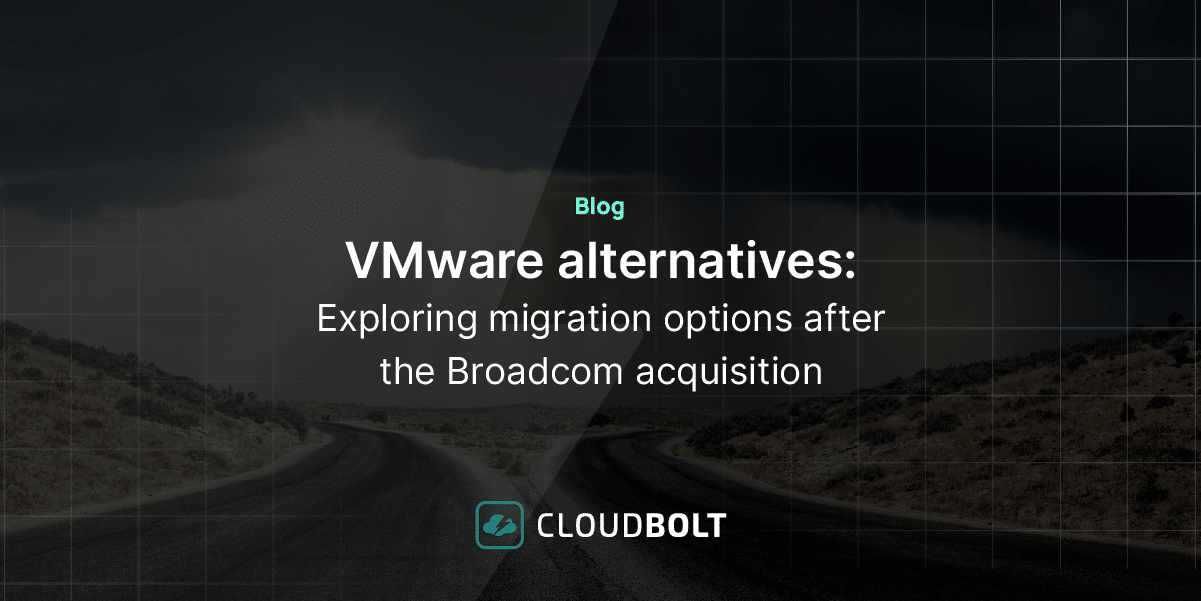
Without a shadow of a doubt, it is a hybrid cloud world out there now.
The cloud behemoth Microsoft, for one, has accepted this reality and is making moves to ensure that the company continues to play a role in the evolving cloud landscape. As we head into 2020, here are three observations in regard to its latest Azure investments, and what they mean for the hybrid cloud world.
Azure Arc
Microsoft has been making big strides with hybrid cloud lately and Azure Arc is in many ways the culmination of those efforts. I see this as an acknowledgement by Microsoft that the industry has definitely moved towards hybrid cloud as the de facto cloud deployment model and, as a result, prefers platform agnosticism when it comes to cloud management.
Azure Arc lets enterprises use Azure as a single point of management for their on prem and cloud-based resources, including offerings from major competitors such as Google Cloud, Amazon’s AWS and VMWare. Azure Arc also extends existing management capabilities like Azure Cloud Shell/Azure Policy and Azure Resource Manager to Linux servers and Kubernetes clusters. This means, for example, that organizations lacking Kubernetes experience can leverage Azure Arc to set up their Kubernetes clusters.
Microsoft recognizes that the enterprise prefers hybrid cloud and, with Azure Arc, they are making a play to stay in the game (as have the other major cloud vendors, by the way). The hybrid cloud world is a world of choice, so it makes sense to position yourself as a platform that allows you to choose. Of course, many cloud management platforms out there aren’t tied to any particular vendor, so we’ll have to see if this move ultimately pays off.
Azure Stack Edge
Azure Stack Edge is an edge computing appliance managed through Azure. Various mobile versions of this product can be deployed in remote locations and disaster zones. Being able to bring the cloud to areas hit hard by natural disasters will potentially help affected areas get back on their feet more quickly. Likewise, bringing the power of cloud computing to deep sea weather buoys or mountain peaks will be a boon to scientists working at the literal edges of the world.
We can see this as the flipside of the hybrid cloud story: Not only can people choose which cloud solutions to use, but they can also increasingly choose where they actually want to deploy cloud resources.
This is a solid product offering. The proliferation of autonomous vehicles, the growth of the Internet of Things, and the rise of Smart Cities all depend on bringing the cloud’s computing power as close to the Edge as possible. Frankly, this continuous expansion of the cloud to new locations and new use cases just highlights the key role that cloud management will play in the hyper-connected world we’re creating.
Azure Synapse Analytics
Azure SQL Data Warehouse helps cloud deployments better handle large volumes of data (think: petabytes). This service combines data warehousing with analytics to allow structured and unstructured data analytics to be brought together and scaled for the enterprise.
This offering, it would seem, is still a work in progress. Features such as dynamic data masking and column- and row-level security are available now. Integrations with Azure Machine Learning, Apache Spark and Power BI, however, are still “preview only.” There is also a lot of overlap with other Microsoft offerings, such as HDInsight and Azure Databricks.
Enterprises typically maintain both data lakes and data warehouses for their analytics. Azure Synapse Analytics is looking to bridge the gap between the two by way of a single cloud-native analytics service providing data prep, warehousing, AI, big data and management functions. You could call it “hybrid data management and analytics.” This is a very ambitious project that still has some growing to do in the new year.
Further confirmation that hybrid is here to stay
Indeed, there is innovation happening all around the hybrid cloud world, and there’s no doubt that Microsoft is obviously committed to this new world with their investments in Azure. As organizations scale, big and small, they continue to seek the flexibility the hybrid cloud provides by not needing to migrate all workloads fully into the cloud or be tied down to a single vendor.
The hybrid cloud is here to stay. We’re excited to see where it will go in 2020.
Experience the leading hybrid cloud management and orchestration solution. Request a CloudBolt demo today.
Related Blogs

Top 3 cloud financial management challenges
Introduction As cloud costs continue to rise, comprising an ever-larger share of IT budgets, there is increasing executive scrutiny on…

